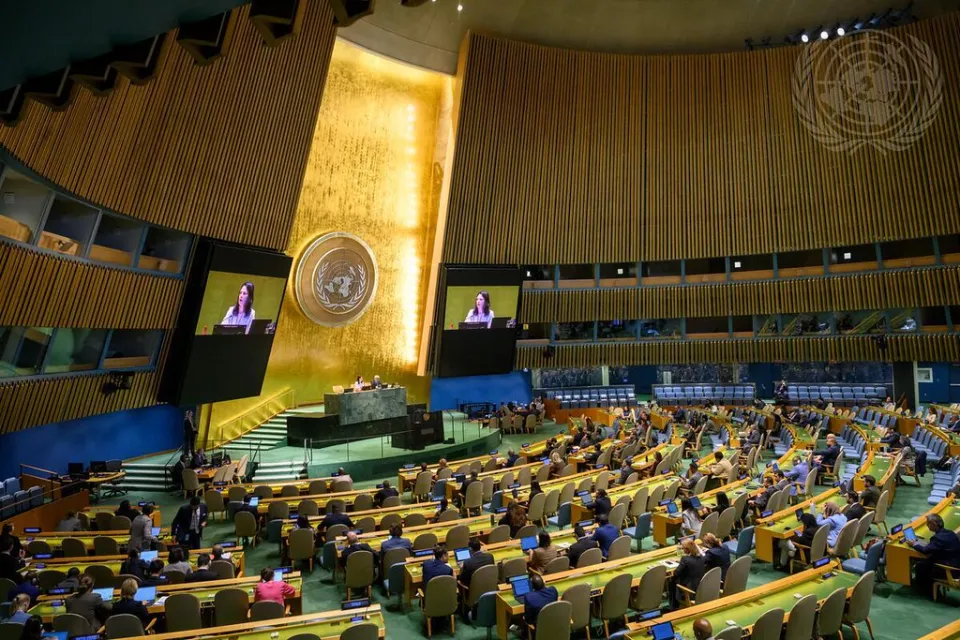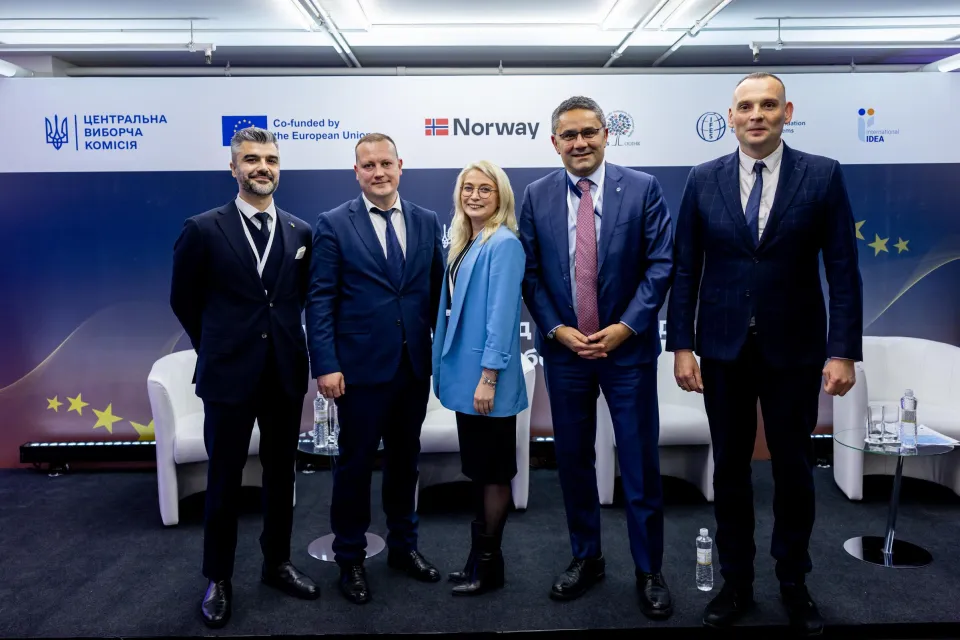
Disclaimer: Views expressed in this commentary are those of the staff member. This commentary is independent of specific national or political interests. Views expressed do not necessarily represent the institutional position of International IDEA, its Board of Advisers or its Council of Member States.
On 27th April 2018, the leaders of North and South Korea, Kim Jong-un and Moon Jae-in met in the Korean War truce village of Panmunjom. It was the first such meeting in a decade, and the third inter-Korean summit ever. The meeting was also meant to pave the way for a promised summit between the United States and North Korea, scheduled to take place in Singapore inJune.
The Panmunjom meeting itself was historic and full of symbolism; the two sides issued the Panmunjom Declaration for Korean Peninsula Peace, Prosperity and Unification, declaring their mutual intention to end the Korean War through continued dialogue, and to “advance denuclearization” without much substance on the latter.
Factors that led to opening
North Korea's nuclear capacity once worked as a guarantee for the regime's existence. Now, the country's nuclear capability has become a liability. The North Korean regime cannot exist without support of China. It is however China’s interest that Kim Jong-un stop further nuclear testing, as it only strengthens US nuclear presence in the peninsula.
Cynics may say that North Korea does not really need to test the nuclear arsenal any longer. Some are also hearing echoes of the rhetoric used by China when it started its nuclear testing ‘in order to advance peace’ and then entered the club of nuclear powers. North Korea too wants to be recognized as a nuclear power, after which it can start a denuclearization process.
Sanctions had their impact too. The revised sanctions have been particularly rigid and implemented by China and ASEAN countries too. The long-planned telecommunication deal with Egypt stopped and business with Syria has become increasingly harder. In recent years, and without much attention by Western media, North Korea has in fact initiated economic reforms, and a nascent business sector has been emerging. These reforms have had little consequence for ordinary people but have benefited the party elite involved in this new business sector. Sanctions hit these circles and may have spurred North Korean leadership to action.
The perceived unpredictability of President Trump may have played a role in Kim’s calculations. South Korean President Moon Jae-in is also representing a policy of engagement rather than isolation, and has taken a very different position from his predecessors' Park Geun-hye and Lee Myung-bak. While supportive of peaceful co-existence, the younger generation of South Koreans do not seem excited about the possibility of re-integration and see little nostalgia in unifying the long-divided nation. They consider North Korea too underdeveloped, posing an economic burden and threat to South Korean advancement.
What is the game plan?
As per Henry Kissinger, summit meetings are there for ending diplomatic negotiations, and to provide publicity for the negotiated deals. The Singapore Summit has so far followed a reverse model: first meeting at the highest level and only then starting to think of the details.
As stated in the International Crisis Group Commentary on 27 April 2018, any number of events may freeze the positive atmosphere. One such eventis a mismatch between North Korean and US expectations about the results, notably the pace and scope of denuclearization and the pace and scope of sanctions relief. For North Korea, ‘denuclearization’ includes removal of the US nuclear umbrella from South Korea.
Many are wondering about Pyongyang’s intentions, but the agenda presented by President Trump is not clear either– whether Trump is indeed aiming for a role of offshore balancer in the region, or withdrawing US troops from the Korean peninsula as was done elsewhere, like from Syria. That decision would obviously affect the balance of power and security architecture across East Asia, including Japan, the Koreas and in particular Taiwan, but also Australia. The United States seem ready to offer considerable rewards to North Korea if a deal can be sealed, unlike with Iran. Clearly, the United States are seeking momentum to solve the conundrum that North Korea has posed for the region for decades. Kim Jong-un seems to be after legitimacy and the lifting of sanctions.
Role for Asian democracies?
Most of the talks over the years have included only the two Koreas, the United States and China. But Russia and Japan, and the other Asian democracies could use the momentum to engage, in particular in people-to-people relations. Mongolia, as part of its third neighbour policy, has already played a constructive role vis-a-vis the Korean peninsula. North Korea is also a member of the Non-Aligned Movement, possibly providing an entry point to countries like Indonesia and India to engage.
The Sweden-based Institute for Security and Development Policy has also played a role, including recently setting up a Korea Study Center.
It is obviously far too early to expect radical political reforms, let alone democratization of North Korea. Regime change is currently out of the table, as are talks about human rights and freedoms.
Then again, analysts did not predict the fall of the Berlin Wall much before it actually happened. The fall of the Berlin Wall was obviously linked with the fall of Soviet Union, whereas the fate of North Korea is tied up with political developments in mainland China. It is unclear if liberal market-oriented economic reforms will eventually lead to political reforms. Talks about re-unification with South Korea would offer an altogether different avenue.




